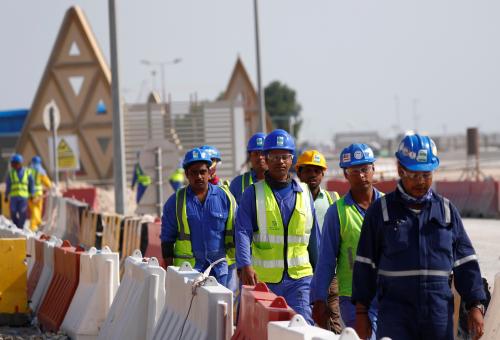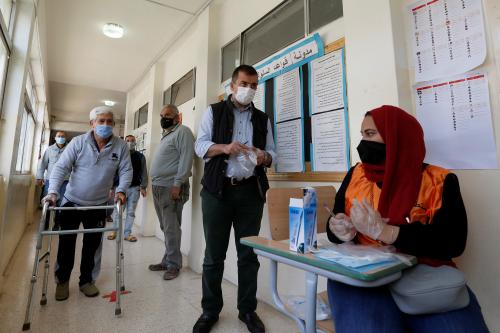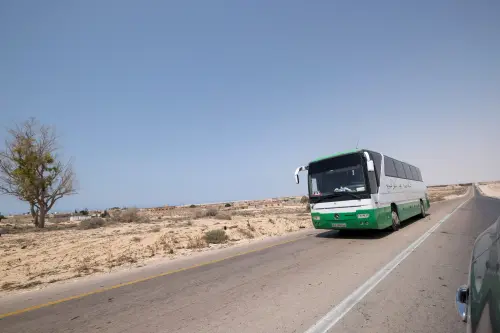Content from the Brookings Doha Center is now archived. In September 2021, after 14 years of impactful partnership, Brookings and the Brookings Doha Center announced that they were ending their affiliation. The Brookings Doha Center is now the Middle East Council on Global Affairs, a separate public policy institution based in Qatar.
Approaches to conflict assessment remain stuck in the late 1990s. Methodological tools are overwhelmingly geared toward development actors. Significant policy evolution—driven by experiences in practice—over the last decade, along with progress in research on conflict and instability, powerfully suggests the need for analytical tools that are both truly joint—involving all relevant departments—and capable of embracing all major aspects of conflict causation and drivers of state fragility.
Based on a review conducted for DFID and taking the UK as a case in point, this article outlines the key issues, challenges, and requirements involved in operationalizing genuinely joint analysis. There are positive signs that the UK government is serious about its commitment to integrated approaches in conflict-affected and fragile states, as demonstrated by development of the new Joint Analysis of Conflict and Stability. Crucially, this must be backed up by a shared understanding of the context that is theoretically informed, process savvy, empirically grounded, and geared toward addressing the key issues identified in domestic and international policy.



Commentary
Conflict Analysis for the Twenty-First Century
July 16, 2013